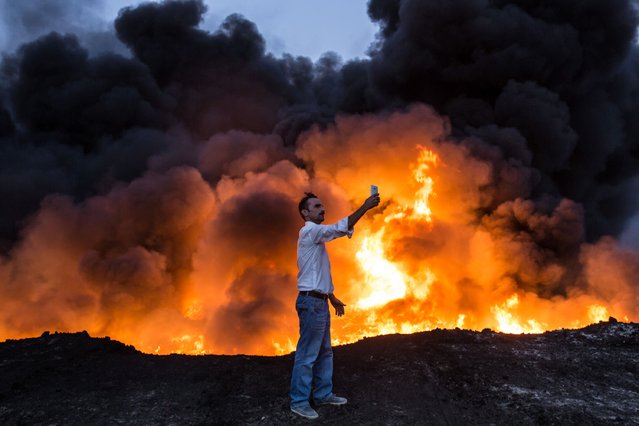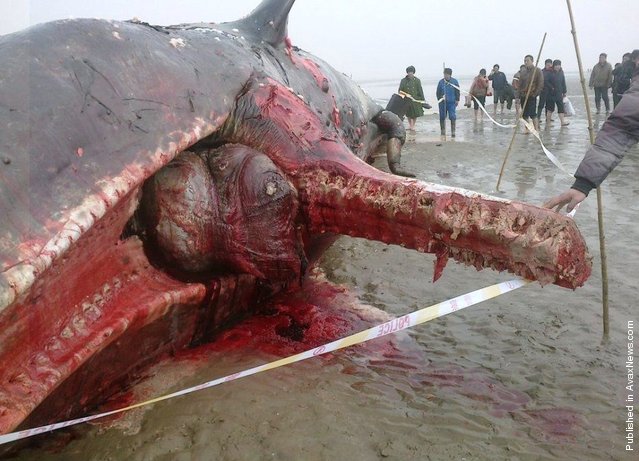
A man takes a selfie in front of a fire from oil that has been set ablaze in the Qayyarah area, some 60 kilometres (35 miles) south of Mosul, on October 19, 2016, during an operation by Iraqi forces against Islamic State (IS) group jihadists to retake the main hub city. In the biggest Iraqi military operation in years, forces have retaken dozens of villages, mostly south and east of Mosul, and are planning multiple assaults for October 20. (Photo by Yasin Akgul/AFP Photo)
21 Oct 2016 12:25:00,post received
0 comments







